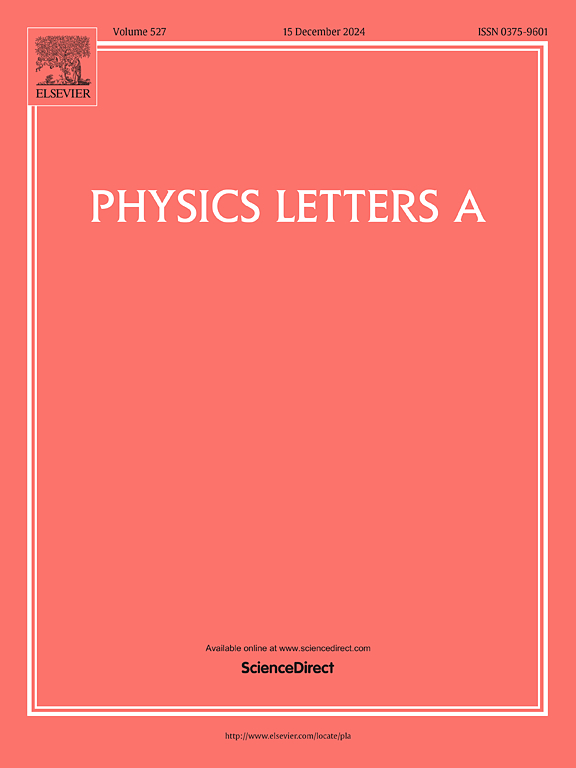探索巨行星内部条件下水的流体-超离子相变
IF 2.6
3区 物理与天体物理
Q2 PHYSICS, MULTIDISCIPLINARY
引用次数: 0
摘要
兼具固体和液体性质的超离子水在巨行星的动力学和磁场中起着至关重要的作用。然而,它的相边界以及流体到超离子的转变是否涉及绝缘体到金属的转变仍然不确定。我们进行了广泛的从头算分子动力学模拟来研究水的动力学性质。氧自扩散在5000 ~ 10000 K之间急剧下降,而氢表现为原子流体行为。结构分析表明,流体向超离子转变的标志是形成一个fcc排列的有序氧亚晶格,这增强了离子相互作用,限制了离子的迁移。电子分析表明,在过渡过程中存在明显的峰合并和电导率降低,证实没有金属化过渡。最后,构建了巨行星内部条件下水的综合相边界,为巨行星内部深层水的相变提供了清晰的图像,增强了我们对这些行星内部结构的理解。本文章由计算机程序翻译,如有差异,请以英文原文为准。
Explore the fluid-to-superionic phase transition of water at giant planetary interior conditions
Superionic water, combining solid and liquid properties, plays a crucial role in thedynamics and magnetic fields of giant planets. However, its phase boundary and whether the fluid-to-superionic transition involves an insulator-to-metal transition remain uncertain. We performed extensive ab-initio molecular dynamics simulations to investigate the dynamic properties of water. Oxygen self-diffusion shows a sharp decline between 5000 and 10000 K, while hydrogen exhibits atomic fluid behavior. Structural analyses indicate that the fluid-to-superionic transition is marked by the formation of an ordered oxygen sublattice with a fcc arrangement, which enhances ionic interactions and restricts ion mobility. Electronic analyses demonstrate significant peak merging and reduced conductivity during the transition, confirming the absence of a metallization transition. Finally, a comprehensive phase boundary for water under giant planetary interior conditions is constructed, offering a clear picture of water's phase transitions in deep planetary interiors and enhancing our understanding of the interior structure of these planets.
求助全文
通过发布文献求助,成功后即可免费获取论文全文。
去求助
来源期刊

Physics Letters A
物理-物理:综合
CiteScore
5.10
自引率
3.80%
发文量
493
审稿时长
30 days
期刊介绍:
Physics Letters A offers an exciting publication outlet for novel and frontier physics. It encourages the submission of new research on: condensed matter physics, theoretical physics, nonlinear science, statistical physics, mathematical and computational physics, general and cross-disciplinary physics (including foundations), atomic, molecular and cluster physics, plasma and fluid physics, optical physics, biological physics and nanoscience. No articles on High Energy and Nuclear Physics are published in Physics Letters A. The journal''s high standard and wide dissemination ensures a broad readership amongst the physics community. Rapid publication times and flexible length restrictions give Physics Letters A the edge over other journals in the field.
 求助内容:
求助内容: 应助结果提醒方式:
应助结果提醒方式:


